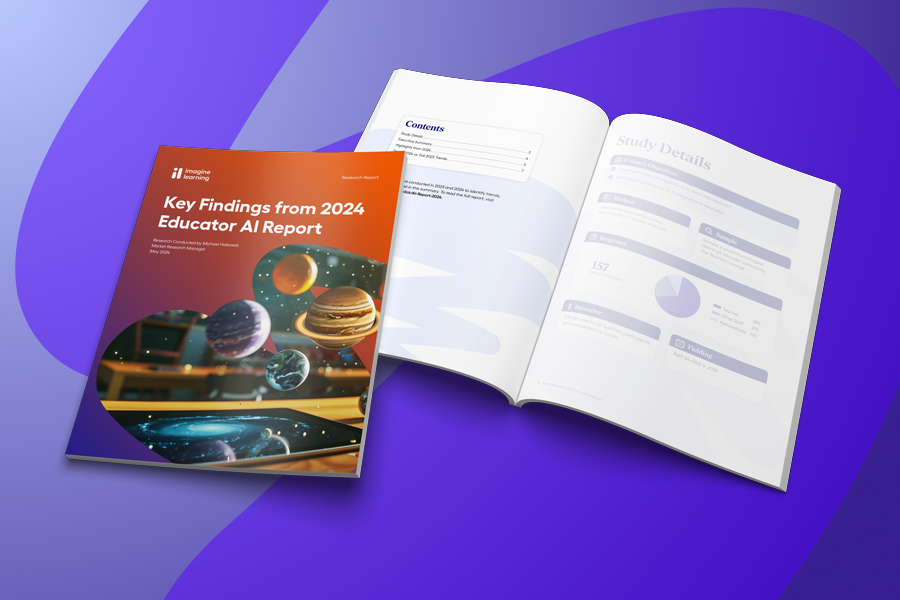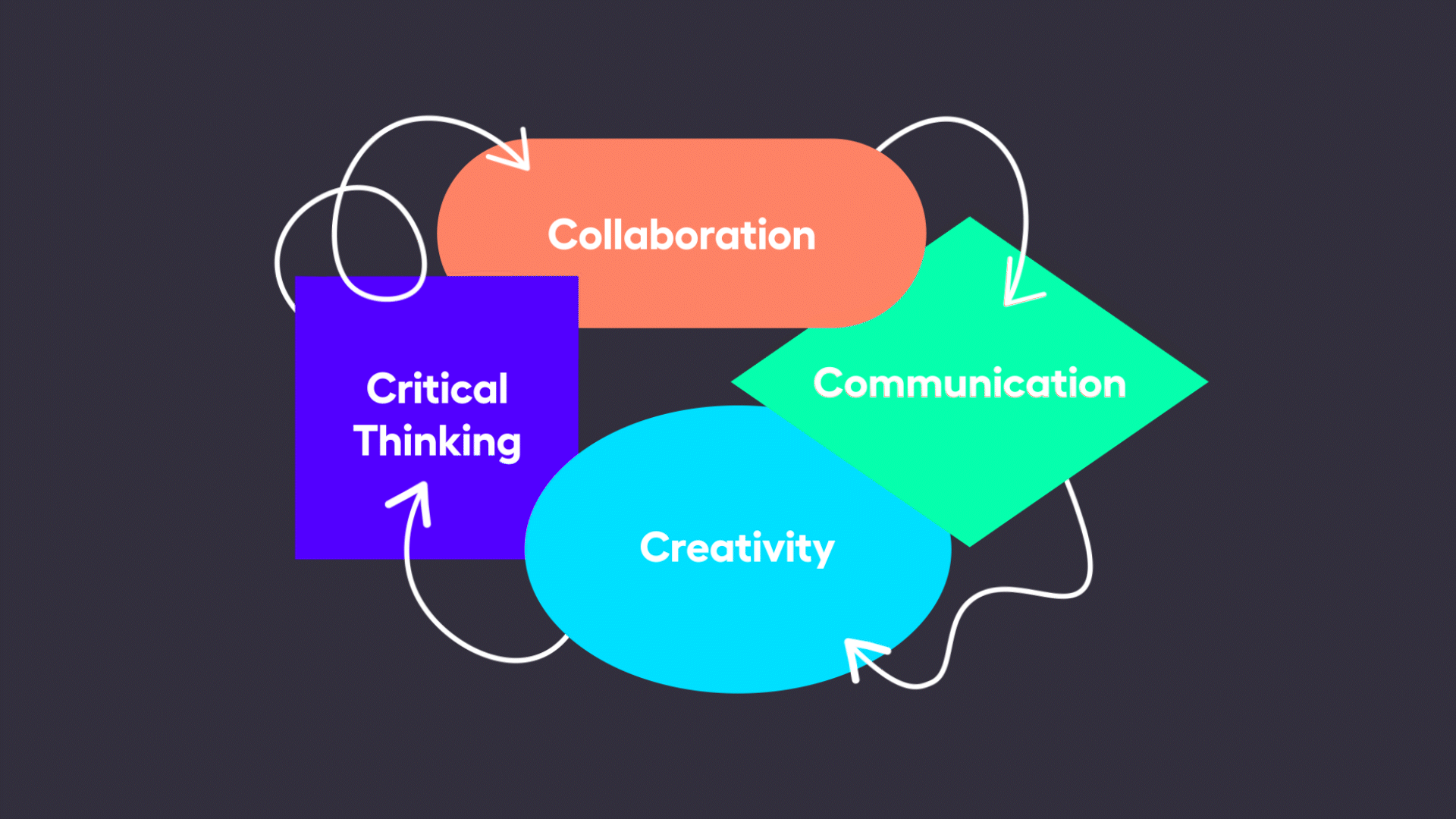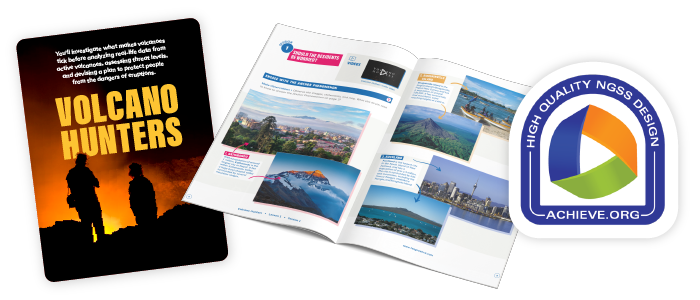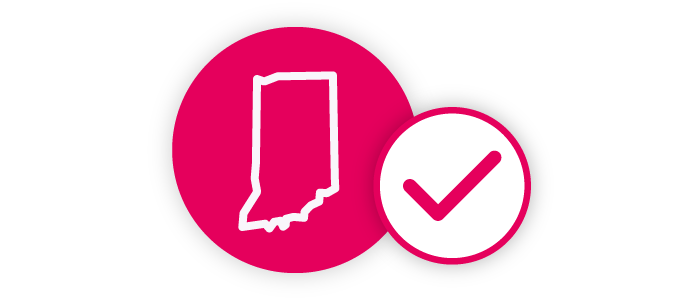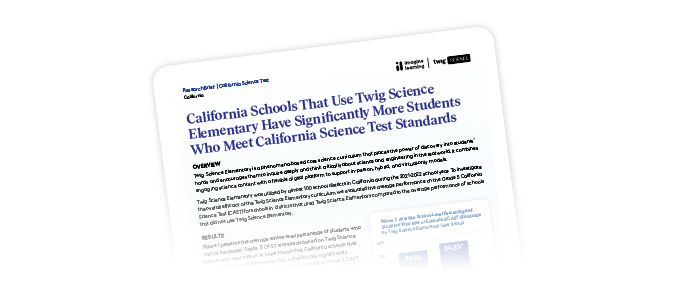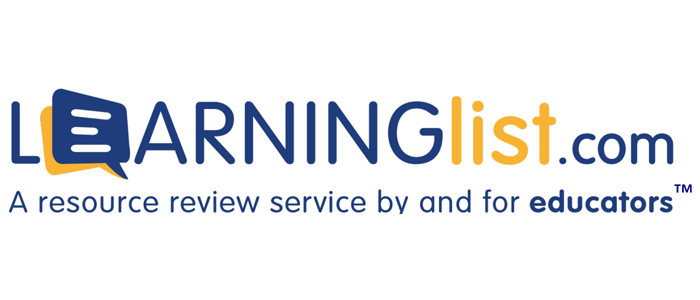August 28, 2024 8:52 am
Taking a Leap of Faith Toward Inquiry
Explore how taking bold steps toward inquiry-based learning can ignite curiosity and deepen student engagement. This blog post delves into the power of inquiry to transform traditional classrooms into dynamic spaces of discovery, fostering critical thinking and lifelong learning skills.
In the iconic movie Indiana Jones and the Last Crusade, Indy is in search of the Holy Grail and must complete three tasks in order to save his father and secure the ever-elusive cup. My favorite scene is when he must take a leap of faith across a deep, dark canyon to reach a doorway on the other side of the chasm. Passage seems dangerously impossible.
He consults his guidebook for directions, and he reads, “Only in the leap from the lion’s head will he prove his worth.” Indy then takes a breath, raises his left foot, and takes a brave step into the unknown. Instantly, a camouflaged bridge appears, and he is able to cross the void and retrieve the Holy Grail.

Teaching with inquiry can feel like this scene — especially in the back-to-school months of August and September. Social studies teachers look out into the eyes of a new group of students petrified that the inquiry bridge might not appear.
After all, inquiry is filled with unknowns. Teachers may have a solid inquiry curriculum stocked with compelling questions, sources, and tasks, but that is no guarantee that students will care about or engage with the material. And even if they do, there can be a palpable fear of losing control — what might students say in response to a question? Could the interpretation of a source land the teacher in an uncomfortable place? What if students get heated or offended by another student’s argument?
This is inspiring for sure, but may not be enough to overcome fears even if it promises to transform us or our students. For example, I know the transformative benefits of daily exercise, yet I often opt for a comfy binge watch of my favorite tv show instead!
What, then, can move a teacher to take that leap of faith toward inquiry? I would argue that we take a page from Indiana Jones by consulting a guidebook and afterward taking a first (often scary) step forward.
One of the best sets of directions comes from John Dewey. In 1916 (that’s right — over 100 years ago!), Dewey provided this direction on teaching and learning:
That is, if we want students to know stuff, they need to do stuff. They need to wrestle with thorny human questions, and they need enough time, space, and support to make their own headway toward an answer.
In the meantime, teachers need to step back and help students in this messy and unsteady process — not too much help, not too little help, but just the right amount. That’s the part that can feel like leaping from a lion’s head! Watching students intellectually struggle is really hard, and knowing when and how to help them is even harder.
If inquiry feels like an impossible leap of faith, I recommend starting with a small step that revs your students’ curiosity engines.
Here are three ideas:
1. Take a traditional lesson and reframe it with a question
For example, take a lesson about Thomas Jefferson and frame it with the question, How should we remember Thomas Jefferson?
Try posing that question at the end of a short lecture or after they have read a biography of him. Ask students to answer it in the form of a short epitaph that captures his complexity, contributions, and contradictions in American history. Then, notice what happens when you change from teaching about something to answering a question.

2. Take time interrogating an interesting source
Show students a source — a photograph, a map, a political cartoon — and ask them, “what do you make of this?” Then see what happens.
For example, I have used this image below featuring students protesting in Virginia in the 1960s. I find it irresistible because it immediately begets a series of questions:
- Who are these women?
- Why are they carrying signs?
- Why do the signs say they have lost years of education?
- When does this photograph look like it was taken?
- If you had to write a caption for the photo, what would you need to know?
- How were people impacted by massive resistance?
There is nothing like a juicy compelling source to get you off to the inquiry races!
3. Take time to bring the past into the present
For example, flip a lesson on ancient Egypt and focus on the current controversy over the repatriation of stolen artifacts.
Here are a few articles that feature these modern issues about preserving and owning the past:
- U.S. returns looted 2,500-year-old sarcophagus to Egypt, PBS NewsHour, January 2, 2023
- Egyptians call for the return of the Rosetta Stone and other ancient artifacts, NPR, October 2, 2022
- ICE makes arrests and seizes cultural artifacts stolen from Egypt, US Immigration and Customs Enforcement, July 14, 2011
Students could engage in small group discussions on historical and archival preservation and how people have fought to own history. For homework or if they have in-class devices, students could find additional examples of stealing artifacts and repatriation (e.g., Jews during Holocaust, Native Americans in American history, Africans during the era of European imperialism) and the challenges of returning these precious items to their rightful owners.

About the Author: Dr. Kathy Swan
Professor, University of Kentucky; C3 Framework Lead Author; Lead Consultant on Traverse
Kathy Swan is a professor of curriculum and instruction at the University of Kentucky. Kathy was awarded UKY’s Great Teacher Award in 2021 and has been a four-time recipient of the National Technology Leadership Award in Social Studies Education, innovating with inquiry-based curricula. Dr. Swan served as the project director and lead writer of the College, Career, and Civic Life Framework for Social Studies State Standards (2013), the national standards for social studies. She has co-written a number of best-selling books, including Inquiry-Based Practice in Social Studies Education: The Inquiry Design Model (2017), The Inquiry Design Model: Building Inquiries in Social Studies (2018), and Blueprinting an Inquiry-Based Curriculum: Planning with the Inquiry Design Model (2019).



